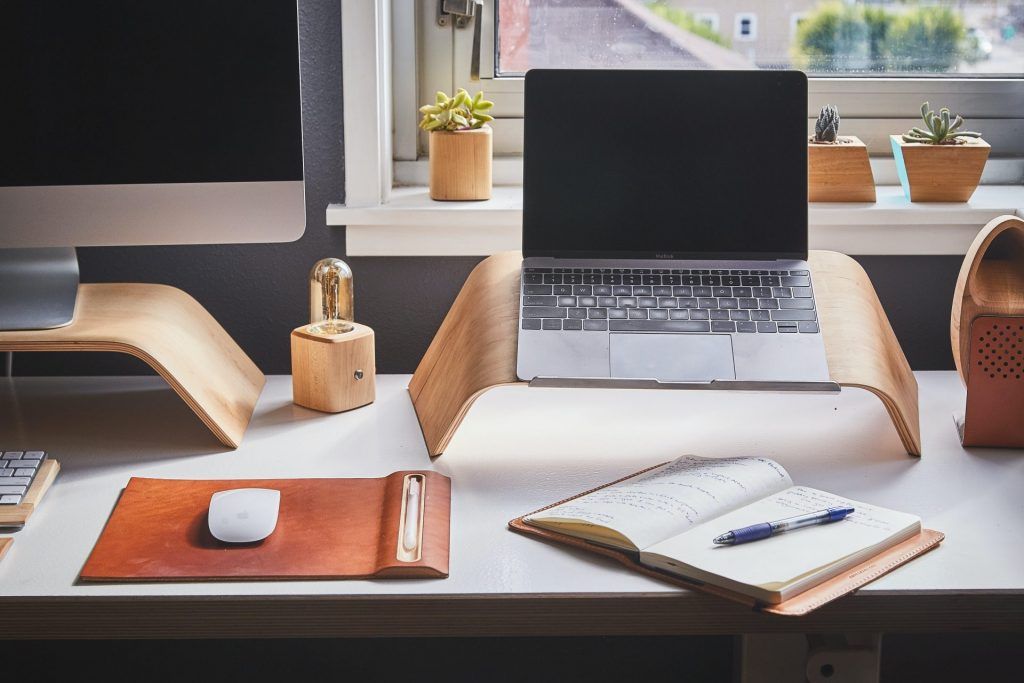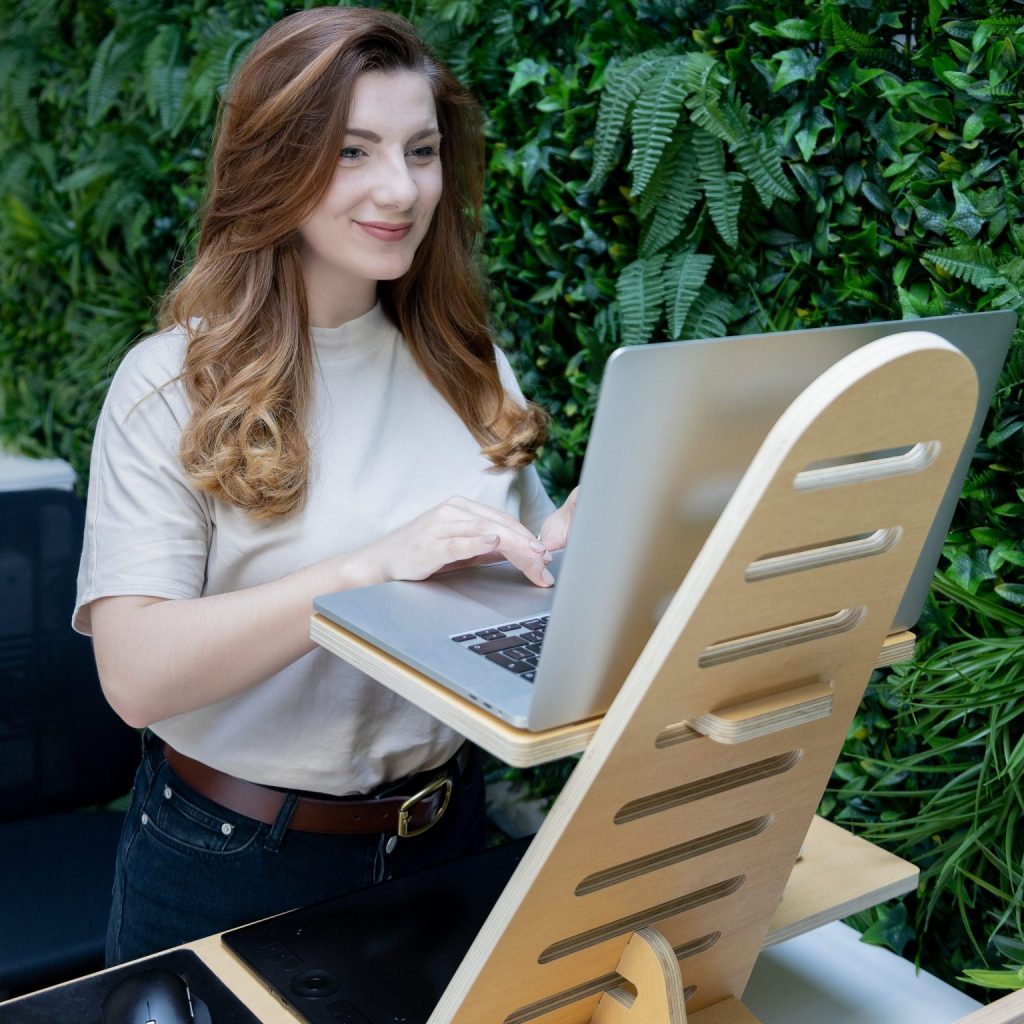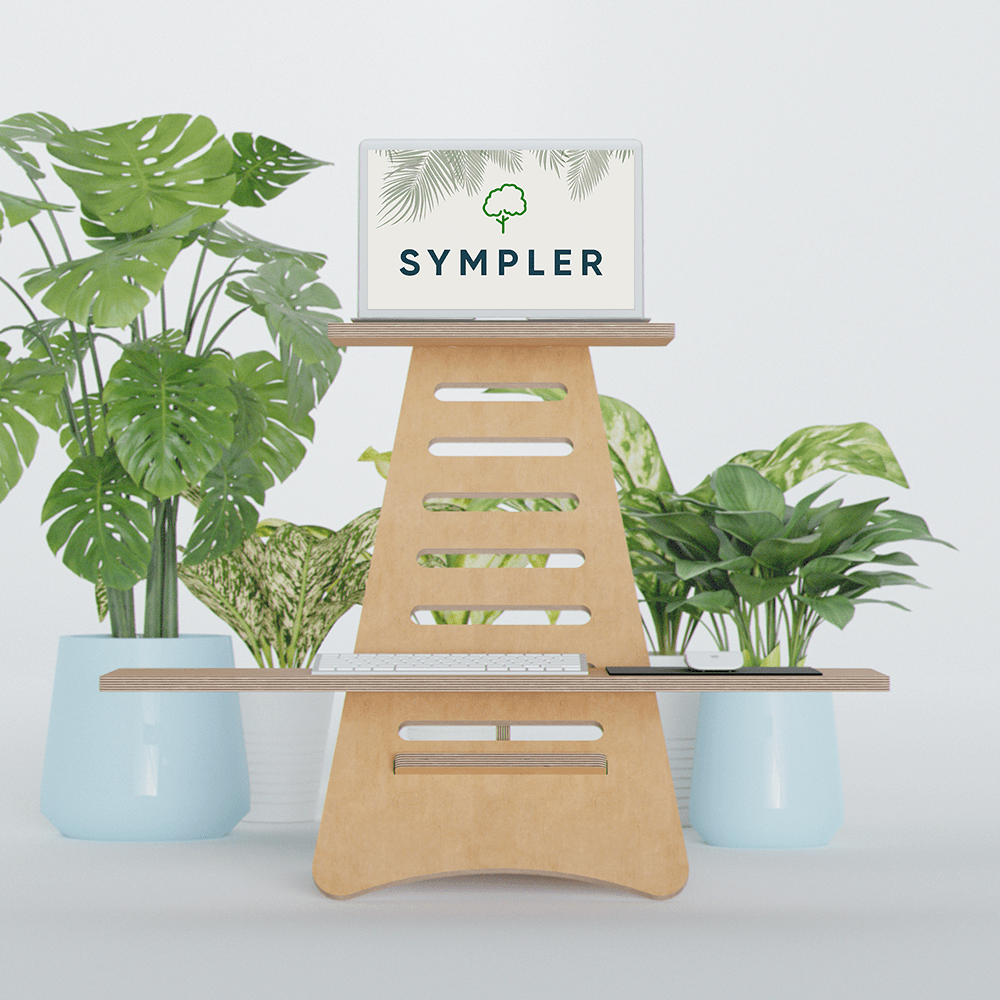How to Be More Productive Working From Home – 10 Tips
- Office
- August 26, 2021
Working from home has many advantages, no question. You don’t have to travel
to work, which not only saves time, but also money. You can schedule your work
more flexibly and take breaks as and when you need them. And you have fewer
distractions from colleagues. Especially if you usually work in an open-plan
office, ways of working from can offer better opportunities for concentration.
But the home office also has its pitfalls. Working from home means more
freedom, but also more responsibility. You usually have to organise your work
yourself, decide for yourself when and how many breaks you take, and you have
to motivate yourself. Having the comfort of your own home is great, but it can
also mean that (especially at the beginning) you don’t work quite as productively
as you normally would in the office. In addition, working in a team and
interacting with colleagues can become a challenge. And even though there are
fewer distractions from colleagues, there are many other potential distractions
in your home. So I think we can all use some working from home tips.
Especially in times of Covid, more and more people are working from home.
For some, this is an absolute blessing, for others it’s a curse. And for most
of us, it is probably a bit of both. Are you wondering how to start working
from home effectively and to find ways to be productive at home? Then this is
for you. Here are my top 10 tips for working from home and how to make working
from home work for you.
1. Get out of your PJs!
When working from home, it is tempting to spend the whole day in your cozy
pyjamas. Unfortunately, as comfortable as this may be, it is rarely conducive
to our productivity. Because by doing so, we suggest to our brain that it is
leisure time. Especially if you are not yet used to working from home yet, it
is advisable to get ready in the morning just as you would going to the office.
Of course, it doesn’t have to be a full suit or a fancy dress, but the act of
getting ready helps to separate work and leisure time.
Dress for success
Even if your pyjamas look extremely cosy and the couch looks so tempting,
gather your inner strength and get into the habit of getting ready in the
morning as usual. You will notice what a big impact this small change will have
on your productivity working from home and how much you can increase your
productivity with this alone.
2. Rethink your morning routine

What does your home office morning routine look like? Do you get up, grab a cup of coffee and immediately sit down at your laptop? This may seem productive at first glance. After all, you are starting to work immediately without wasting much time right? In the long run, however, this is not a good idea. When we work from the office, we may “lose” some time in the morning to get to work. However, this time allows us to really wake up and mentally prepare ourselves for the working day. One of the biggest advantages of home office jobs is that there is no need to travel to work, which can save a lot of time. You should use this time to get a good start to the day.
Find your perfect start to the day
There is not a single perfect morning routine for everyone. Each of us is
different and has different needs. Some start the day slowly and mindfully with
yoga, meditation or a gratitude diary. Others need action right away and start
the day with a workout and lots of activity. Find out what works best for you.
The important thing is that you reserve the first 30 minutes (at least) in the
morning for yourself and don’t immediately check your emails or open your laptop.
At first, this may feel hard, but you will soon realise how much this little
morning routine will increase your productivity working from home.
3. Set your working hours
When working from home, the boundaries between work and leisure are easily
blurred. This is exactly why it is important to set fixed working hours. It
helps to maintain a certain continuity and gives us structure. We humans are
creatures of habit and we need clear structures (even if we like to rebel
against them sometimes). The great thing about home office jobs is that you can
often arrange your working hours more flexibly than you could working from an
office. If you are extremely productive in the morning, then start working
earlier and finish earlier. If you are more productive in the afternoon or
evening, then plan your day so that you work at these times. But what you
should never do is lose track of your working hours and vary them a lot every
day.
Determine your core working hours
Just as when working in an office, it is also advisable to set core working
hours in the home office. This helps you to structure your everyday life and
ensure that you have enough time for relaxation and recreation. It is also
helpful for colleagues and clients as they know when you are available and when
you are not. Of course, there are always exceptions, but in general you should
stick to these working hours. This also applies to weekends. Try to resist the
impulse to answer emails and phone calls at weekends and after work. In the
long run, you will work much more productively this way.
4. Your workspace at home

One of the most important tips for working remotely from home is to set up a
suitable workspace. And no, by a suitable workspace I don’t mean the couch, no
matter how cosy it may be. When we leave the house to go to the office, it
helps our brain to separate work from leisure. When we enter the office, our
brain also enters work mode. For productive work in the home office, it is
important to create this separation as well. A fixed workstation can serve this
purpose well.
Set up a tidy and clean workspace for yourself
Choose an area in your home that is suitable as a workspace. This does not
have to be a separate room, a corner in a room of your home is sufficient.
However, it is important that you can work there undisturbed and feel
comfortable. Ideally, your workspace should be bright and have plenty of
natural light. The space should be tidy and clean so as not to distract you
from your work. Make your workspace really comfortable so that you look forward
to working from it in the morning. Make sure you have everything you need there
so that you don’t have to go to another place in your home while you are
working. If you want, hang motivational images in plain sight, put some
houseplants on your desk or add anyhting else that makes you happy. Create your
own individual and perfect workspace.
Check your technical equipment
As important as it is that you feel comfortable at your desk, it is equally
important that you are technically well equipped. What you need exactly depends
on your profession, of course. However, you will definitely need a powerful
laptop or computer, as well as good internet access. Especially if you have a
lot of online meetings, make sure that your internet connection is sufficient.
Nothing worse then calls that constantly break up! Other essentials for working
productively from home include a good keyboard and mouse. If you use a laptop,
investing in a monitor can be useful too.
5. Work ergonomically
When setting up your workspace, the aspect of ergonomic working should also
be taken into account. An ergonomic workstation in the home office can increase
your productivity extremely. But not only that, in the long run you also
protect your health.
Switch regularly between standing and sitting
Sitting for long periods of time without much variation is harmful to our
health and is the main reason for back and neck pain. In addition, sitting for
long periods can also be a trigger for high blood pressure. Numerous studies
have shown that sitting for a long time not only has negative effects on our
body, but also on our brain. The blood supply to the brain is lower and in
general, the blood is not as rich in oxygen. This makes us feel tired, sluggish
and unmotivated. But what can you do to prevent this? The answer is simple:
switch regularly between standing and sitting positions to increase your
productivity in the home office. The easiest way to do this is to use a
standing desk converter.
Set up an ergonomic workspace at home
A standing desk converter allows you to quickly and easily switch between
standing and sitting and thus move your body more naturally throughout the
working day. This relieves and prevents tension and improves the blood supply
to the brain. Studies have shown that people who work standing up gain on
average an hour of productivity per day and are up to 20% more productive
overall. In general, people who use standing desks report feeling more alert,
have more energy and mental clarity. So when setting up your workspace at home,
consider how you can make it as ergonomic as possible and include options for
standing while you work. A standing desk is a great investment in your health.
You can read more about the different types of standing desks here.

6. Move your body
When working from home, it can quickly happen that you move around much less
than in the office. Yes, you save yourself the drive to the office in the
morning but you are also no longer walking from your desk to the printer, from
your desk to a colleauge or from your desk to go to get lunch. It is important
for your productivity that you still take regular exercise breaks. For example,
you can go for a walk around the block and get some fresh air. Or you can do a
few simple stretching exercises that help you release tension and loosen up
your body. You can often even do these while standing or sitting at your
desk.
7. Define your goals for the week
The freedom of working from a home office is great, no question. But at the
same time, it also brings with it more responsibility. You now have to organise
yourself and for many this task can be a bit overwhelming, especially at the
beginning. In general, you have less structure working from home because the
working day is not defined by clear structures, such as lunch with your
colleagues for example. You have to create these structures yourself and a
clear To Do list can be very helpful.
Create a structured To-Do list
Maybe you have the feeling that you have to do 1000 things and jump from one
task to the next, but you don’t really know what is most important. Then it is
a good idea to create a structured To Do list. First write down all the things
you have to do. Start very high level. For example, if you are working on
several projects, write down the name of each project. Next, go a step deeper
and write down exactly what you have to do for each high level task (e.g. per
project). Here you can now go into more detail and write down everything you
have go to do. It is important to only write down things that you can do
immediately. For example, if you need to proofread something but are still
waiting for information, do not put this on your To Do list yet. You should
collect such tasks on a separate list otherwise they will clog up your To Do
list. Next, prioritise all the tasks on your list from important to
unimportant. And finally, think about whether your To Do list is realistic. Can
you really do it all today? If your list is very long, then think about what you
really need to do today and postpone the other tasks until the next day.
Nothing is more demotivating than a to-do list that you know you can’t
accomplish. Each time you complete a task, take a moment and check off the item
on your list. Enjoy this feeling, it will motivate you to move on to the next
task.
8. Don’t skip your lunch break!
When working from home, unfortunately, colleagues don’t come by and ask if
we want to have lunch with them. So we tend to forget about taking a lunch
break in the home office. Maybe we just quickly grab something from the fridge
and mindlessly gobble it down in front of our computer. That is not a lunch
break! It is very important for our productivity that we create a structure for
ourselves and this includes breaks, especially the lunch break. Try to take a
lunch break at the same time each day to give your brain more structure.
Plan and prepare meals
When planning your days at home, be sure to plan a generous lunch break, at
least 30 minutes. If you still find structure a little difficult when working
from home, plan your meals ahead of time. To save time, it’s a good idea to
prepare your lunch the night before so you have more time to enjoy your lunch
break and can switch off a bit.
Integrate “Lazy Time” into the schedule
Even if it is tempting to “use” the lunch break for work and just
quickly answer that one email and call your colleague back, it is important to
take breaks! Consciously plan “lazy time” in which you do something
for yourself. No matter what it is, set a timer for 10-15 minutes and enjoy
this time for yourself. You will see that afterwards you feel refreshed and can
start again full of energy.
Learn to nap like a pro
Probably one of the biggest advantages of working from home is that you can
take a nap without feeling guilty. Take advantage of the great opportunity to
take a little siesta at lunchtime! Numerous studies show that a 20-30 minute
power nap can increase our productivity enormously. Our brain gets a little
break, can process and sort out what it has taken in so far and is then ready
for new input again. Even if you don’t fall asleep, you will notice the
positive effect of this on your productivity and energy reserves.
9. Exchange with colleagues

Just because you don’t work in the same building doesn’t mean you can’t have
contact with your colleagues. Thank goodness there are numerous technical
options for talking and exchanging ideas with each other. How about a virtual
lunch with your favourite colleague? Or a quick chat over coffee in the afternoon?
You can also use Slack or What’s App to talk to each other throughout the day,
almost as if you were sitting in the same room. Try it, you’ll see how much
your colleagues will enjoy it and how it can help you feel less isolated.
10. Eat well, meditate and
exercise
Of course, this last tip does not only apply to the home office, but should
always be taken to heart. Nevertheless, especially when working from home, it
happens that we fall off our other routines too. Maybe we don’t quite stick to
our sport and nutrition habits as before. However, a healthy, balanced diet and
physical activity are extremely important for our body and our mind. Both help
us to stay balanced and feel good in our bodies. An important component for
more productive work at home. Only when we feel good and motivated can we do
good work and overcome the pitfalls of working from home.

Make the transition!
Start today and make the transition to a standing desk. With the Sympler Standing Desk Converter, you can easily switch between sitting and standing throughout the day. Designed for maximum flexibility it adjusts to your individual height and can easily be transported. It’s he perfect standing desk to start and try it out.


Recent Comments